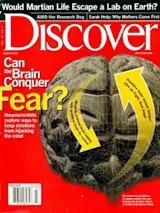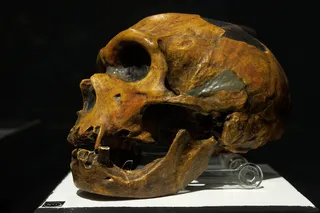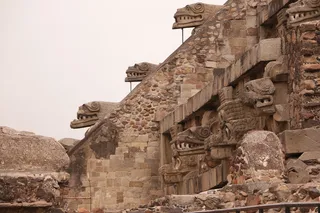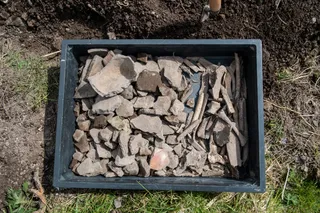Museums
Aztecs The Royal Academy of Arts, London Through April 11, 2003www.aztecs.org.uk
Of the 350 artifacts of Aztec culture now on display at the Royal Academy of Arts in London, the most discomfiting is a two-foot-tall clay statuette of Xipe Totec, the ancient Aztec god of spring. The name translates as "our flayed lord," and the sculpture depicts him dressed in an oddly bobbled tunic—the clay facsimile, it turns out, of a human skin turned inside out. The bobbles represent the globules of fat that lie beneath human skin, a phenomenon that, as the surrounding exhibit makes unflinchingly clear, was entirely familiar to Aztec artists. For certain rituals, Aztec priests donned flayed human skins, complete with the victim's scalp and face, and continued to wear them for 20 days or more, until the rotting garment fell away. Thus new life sprang from the old, and the return of spring—for everyone ...














